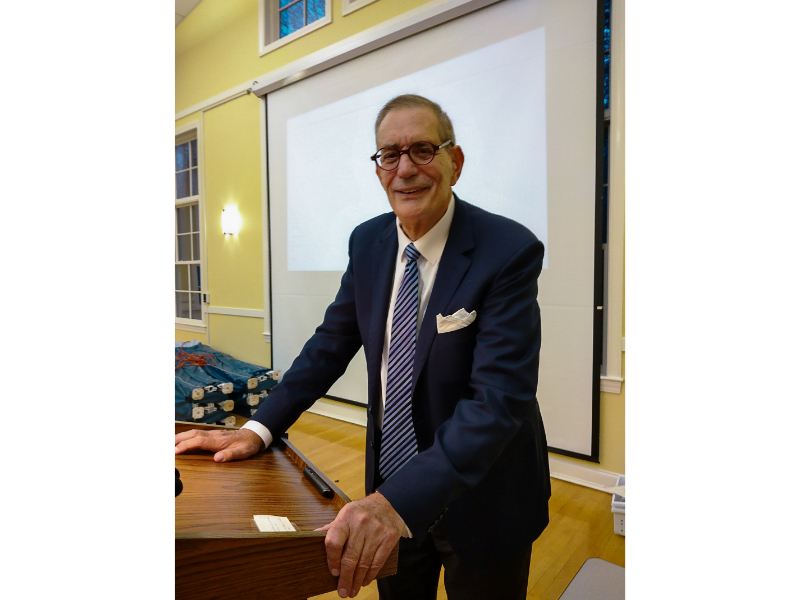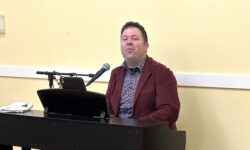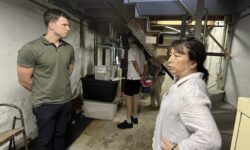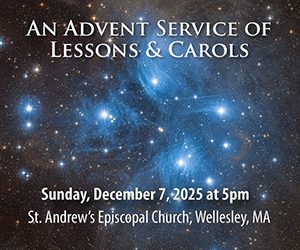By Audrey Anderson
Hometown Weekly Reporter
Retired Justice Dennis Curran presented his talk “The Boston Massacre Trials: Blood in the Snow” at The Center at Medfield. The event was jointly sponsored by the Medfield COA, the Medfield Historical Society, and the Medfield Public Library. Over 80 people came to hear Justice Curran illuminate the historic event that helped spark the American Revolution.
According to Justice Curran, several events led to the Boston Massacre in the winter of 1770. The people of Boston resented the presence of 4,000 British soldiers in Boston. Bostonians also resented that British officers were quartered in their private homes.
Residents were angered when, two weeks before the Massacre, a Tory soldier shot and killed a Boston schoolboy.
Then a British soldier entered a ropewalk building in the seaport to ask for a job. The owner insulted the soldier, telling him to “clean out his own [out]house.” News of the ropewalk incident spread around the taverns in the city. Angry young men streamed in from adjoining towns, looking for trouble.
Finally, at the Boston Townhouse (now the Old State House), a wigmaker’s acquaintance heckled a British soldier over an unpaid bill. This was a serious accusation, tarnishing the honor of the soldier. A crowd assembled there surrounded the sentry at the Customs House, throwing ice chunks, coal, snowballs, and oyster shells at him. The sentry tapped on the door with his musket, asking for help.
Captain Preston came out and ordered soldiers to come outside to help with the crowd. They attempted to march the sentry back to the customs house, but the crowd surrounded them. Crispus Attucks hit a soldier with a large stick, knocking him to the ground. Someone yelled “Fire,” and Attucks was shot and killed. Altogether, three Bostonians were killed that night, two were mortally wounded, and another six were wounded less seriously.
John Adams made the unpopular decision to represent Captain Preston and his eight soldiers. The captain was tried separately. While the prosecution argued that Captain Preston had ordered his men to fire, the defense questioned who shouted “fire.” After a six-day trial, Captain Preston was acquitted due to reasonable doubt, and this was the first time this phrase was used by a judge in his instructions to the jury.
In the soldiers’ trial, Adams argued that the men fired their guns in self-defense. Six of the soldiers were acquitted and two were found guilty of manslaughter. The two found guilty invoked their “benefit of clergy,” meaning they could stay at home and study the Bible to rehabilitate themselves. As part of this arrangement, both soldiers were branded on their thumbs with an “M” for manslaughter, to mark them so they would not receive leniency if they committed such a crime again.
After the Massacre happened, both sides attempted to “spin” the story to gain an advantage in public opinion. With three weeks, Paul Revere distributed an engraving of the event that was not an accurate picture. Among many other skewed elements, it showed a British officer giving the order to fire, the Bostonians were shown as reacting to the event, and not as attacking the sentry, and a sign above the Customs House read “Butcher’s House.”
In contrast, Captain Preston termed the event an “unhappy disturbance” in a long piece judging the people of Boston harshly. This account was published in the London papers, and it caused an uproar when those papers arrived in Boston by ship.
























